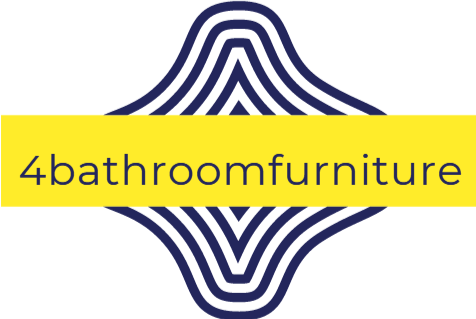Introduction
Cartoon lights are a popular form of decorative lighting that have been used in various settings like theme parks, festive occasions, and even in homes. These lights come in a variety of shapes, colors, and sizes that add a touch of whimsy and fun to any space they are installed in.
In this article, we will delve deeper into the fascinating world of cartoon lights, exploring their history, production, and usage. We will also examine their impact on culture and society, as well as the benefits and drawbacks of using them.
Background
The history of cartoon lights can be traced back to the early 20th century when electric fairy lights were first introduced. These were small bulbs that were strung together to create a chain of lights. Over the years, their design and functionality evolved, and manufacturers started producing more complex and intricate designs, which led to the creation of cartoon lights.
Initially, cartoon lights were used to decorate Christmas trees and were primarily designed in the shape of various Christmas symbols like snowflakes, reindeer, and Santa Claus. However, as their popularity grew, designers began creating more diverse designs that included popular cartoon characters like Mickey Mouse, Donald Duck, and SpongeBob SquarePants.
Production and Design
Cartoon lights are usually made of plastic or rubber and contain LED bulbs. The LED bulbs are energy-efficient and help to reduce electricity consumption. The lights are manufactured through a process called injection molding, where the material is melted and injected into a mold, creating the desired shape.
Designing cartoon lights is a intricate and complex process that requires great creativity and design skills. Designers need to take into account factors such as shape, color, and size to create an appealing design. Companies like Disney and Nickelodeon have their in-house design teams that work on designing new cartoon light characters, while others collaborate with external designers to create unique designs.
Usage
Cartoon lights are used in a variety of settings, and their versatility makes them an excellent choice for decorative lighting. They can be used in amusement parks, restaurants, cafes, and homes to create a fun and playful atmosphere. Cartoon lights can also be used during festive occasions like Christmas or Halloween to add a festive touch to the celebrations.
In addition to their decorative properties, cartoon lights also have practical uses. They can be used as night lights in children’s rooms or as reading lamps. Some cartoon lights can also be used as emergency lights in case of power outages.
Impact on Culture and Society
Cartoon lights have had a significant impact on culture and society. They have become an iconic representation of cartoon characters and are widely recognized all over the world. Cartoon lights have also contributed to the commercialization of popular cartoon characters, making them an important source of revenue for companies like Disney and Nickelodeon.
The popularity of cartoon lights has also led to the creation of multiple imitations and knock-offs in the market, which has made them more affordable for consumers. This has led to an increase in the usage of cartoon lights in homes and other settings like theme parks and restaurants.
Benefits and Drawbacks
Cartoon lights have several benefits, such as energy efficiency, versatility, and the ability to create a fun and playful atmosphere. They are also relatively inexpensive and come in various designs and sizes, making it easier for consumers to choose the right one.
However, there are also drawbacks associated with using cartoon lights. One such drawback is the potential for fire hazards associated with cheap and poorly made lights. Another drawback is the potential impact of cartoon lights on the environment due to the use of plastic and other non-biodegradable materials.
Conclusion
Cartoon lights have become an integral aspect of our culture and society, adding a touch of fun and whimsy wherever they are used. They are versatile, energy-efficient, and come in various designs and sizes, making them a popular choice for decorative lighting. However, it is essential to keep in mind the potential drawbacks associated with the use of cartoon lights and to use them responsibly.
More Posts
Dome Floor Lamp: Illuminating Your Space with Style and Elegance
Introduction Lighting is one of the most important aspects when it comes to decorating a space. It not only provides...
Designing with Cement: A Viable Solution for Modern Architecture
The Importance of Cement in Architecture Cement is a crucial material in modern architecture. It is used not only for...
Amazing Kartell Lamp Finds New Home on Amazon: A Perfect Blend of Style and Functionality
A Perfect Blend of Style and Functionality Introduction Kartell lamp is a popular modern lighting fixture that has been gaining...
Designing the Perfect Kitchen Lighting Layout
The Importance of Good Lighting in the Kitchen The kitchen is arguably the most important room in a home. It's...
Suspended Kitchen Lamps: A Modern Twist on Traditional Lighting
Introduction When it comes to designing a kitchen, lighting plays a crucial role in not only providing illumination but also...
Unleashing the Beauty of Nature: Exploring the Art of Straw Weaving
Introduction Straw weaving is a traditional art form that has been practiced for centuries all over the world. This technique...
